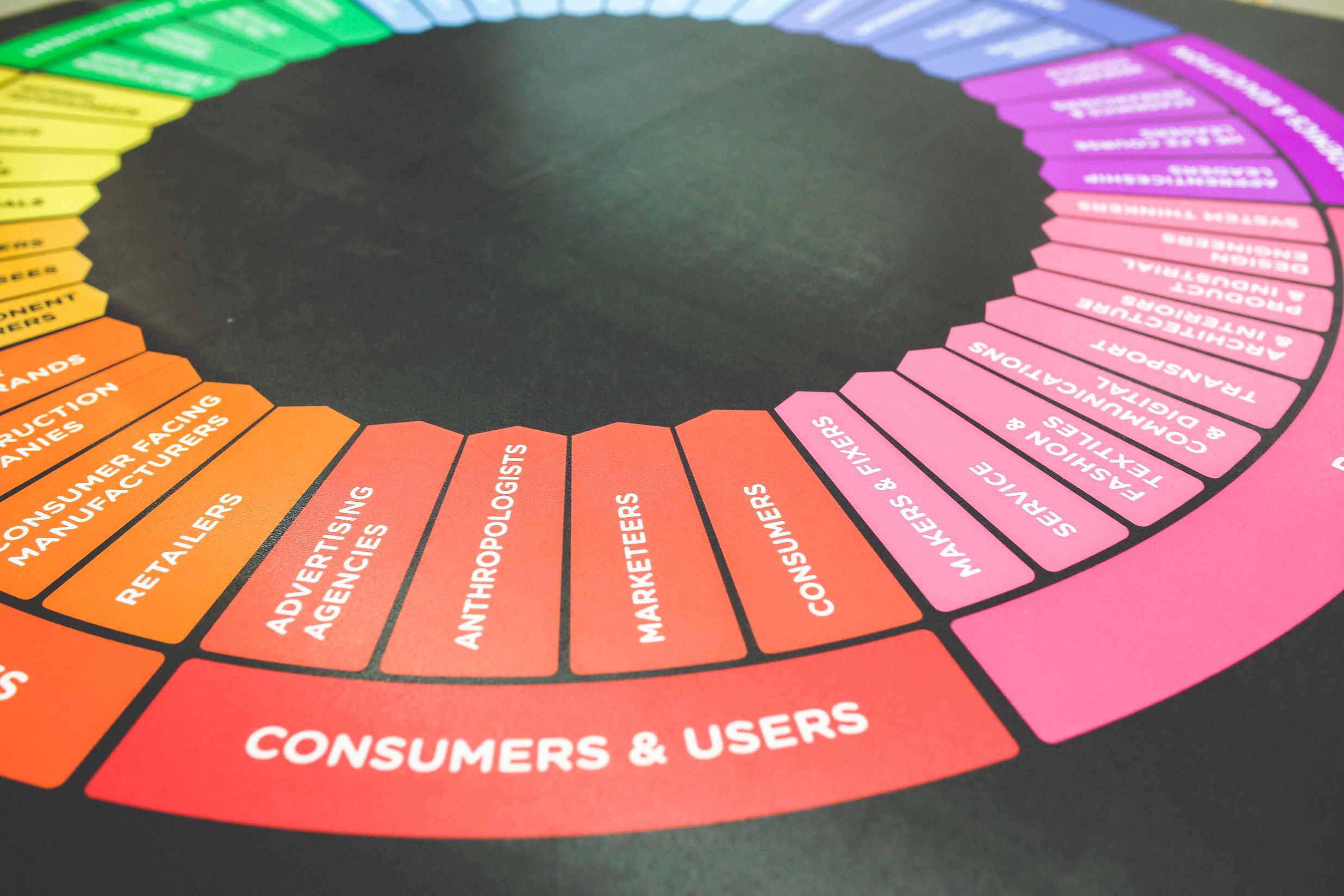Customers are Now Prioritizing Experiences Over Products. How Should Brands Respond?

Consumer behavior is difficult for brands to predict. For example, at the beginning of the pandemic, people were unable to travel or dine out, which resulted in a 14.2% increase in e-commerce sales from 2020 to 2021. But recently, eased pandemic restrictions and high inflation have led customers to prioritize experiences over nonessential purchases.
While it may be tempting for brands to devote all their resources to meet these new preferences, this approach misses the big picture. Consumer expectations will continue to evolve, and successful brands can’t focus solely on what customers want today. To position your brand as a category leader, you’ll need to build a strong foundation of customer and product data that enables you to adapt to short-term industry shifts while maintaining a long-term vision.
How Brands Can Remain Resilient as Customer Preferences Evolve
Preparation is a major factor in determining the speed at which your brand responds to changing customer needs. An effective response doesn’t appear out of thin air — you need to understand how to navigate the commerce landscape to guide your decision-making. Here are three practices your brand should implement to remain unphased when consumer sentiment swings in an unexpected direction:
- Work to understand your customers. Emerging trends in your customer base shouldn’t blindside you. Your brand should work to intimately understand your customers to help you predict and respond to their needs. For example, do your customers prefer to visit physical stores or shop online? Are they attending live pop-up events? How much do they prioritize sustainability in purchasing decisions? Asking these types of questions will help you understand your customers better and make you less vulnerable to broader shifts in your industry.
- Meet your customers where they are. Part of understanding your customers involves knowing how to reach them. When inflation spikes, competition between brands can be intense. The brands that win sales are the ones that are present at all the right touchpoints.
For example, Peloton has struggled throughout 2022 as more people return to physical gyms. In response, it recently announced it would begin to sell its products on Amazon, a shift from its longstanding DTC distribution model. Peloton could have been stubborn, but instead, it recognized that its traditional distribution model no longer aligned with what customers wanted — and adjusted accordingly.
- Control product data. Consumers have more channels to purchase products today than ever before. As a result, it can be difficult to manage your product data, especially when customer preferences for certain channels change over time. Not having a comprehensive view of your product data can lead to inaccurate inventory information and dissatisfied customers.
For example, a customer will feel misled if they see an ad for one of your products on Instagram only to go to your website to see that the item is unavailable. To keep your customers satisfied, find a technology partner that centralizes data across channels. This capability enables you to keep tabs on minor changes in customer behavior before they spiral into major ones.
It’s Impossible to Predict What Trend Is Next
It’s anyone’s guess how much experiences will matter to customers moving forward. Regardless, your company needs to prepare by adopting strategies that help you better understand your customers, meet them where they want to shop and ensure they have a frictionless purchasing experience. This combination enables your brand to respond to shifts in consumer behavior with agility and speed — before your competitors have a chance to adapt.



